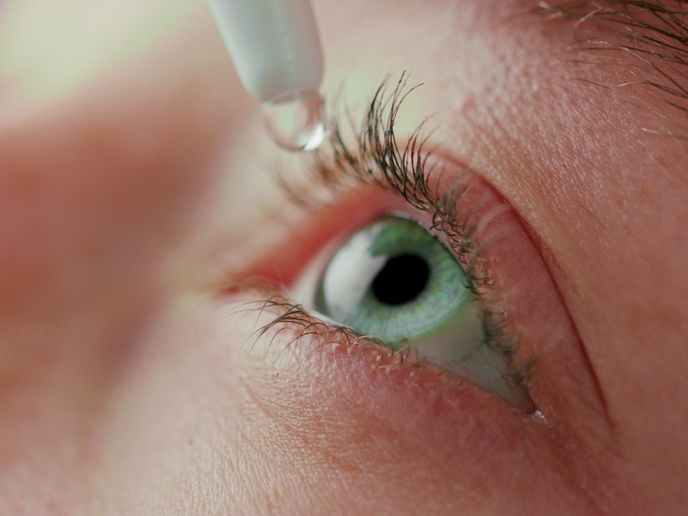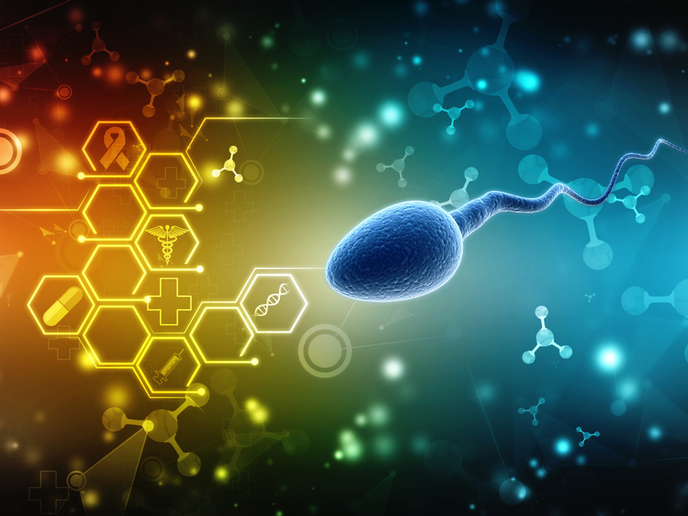Dissecting cell transduction
Receptors that are coupled to G proteins (GPCRs) constitute one of the most important classes of cell surface receptors. They mediate diverse cellular processes in response to hormones, peptides or light. Given their central role, a large number of drugs in the market have been designed to target these receptors. Although there is a great deal of structural information on GPCRs, the mechanistic details of the downstream transduction events remain elusive. Scientists on the EU-funded SIGT-OR-G (Signal transduction of olfactory receptors to their G protein) project focused on the interaction of olfactory receptors (OR) and its G proteins to address this lack of knowledge. Considerable efforts went into the optimisation of all the important steps implicated in the functional expression and purification of ORs and the G protein. To facilitate their studies, researchers first expressed human OR5P3 in cells and then directly observed the specific binding of a fluorescent odorant. To investigate the interaction between the OR and its G protein, they synthesised a fluorescent peptide predicted to be directly involved in the OR-G complex. SIGT-OR-G also tested another approach that involved the isolation of ORs together with the entire signalling machinery in vesicles. For this purpose, they developed a procedure for purification and characterisation of such cell-derived vesicles. Collectively, the methods and tools developed during the SIGT-OR-G will aid the future investigation of ORs and other transmembrane receptors. In the long term the generated information could prove useful in the design of novel pharmaceuticals.







